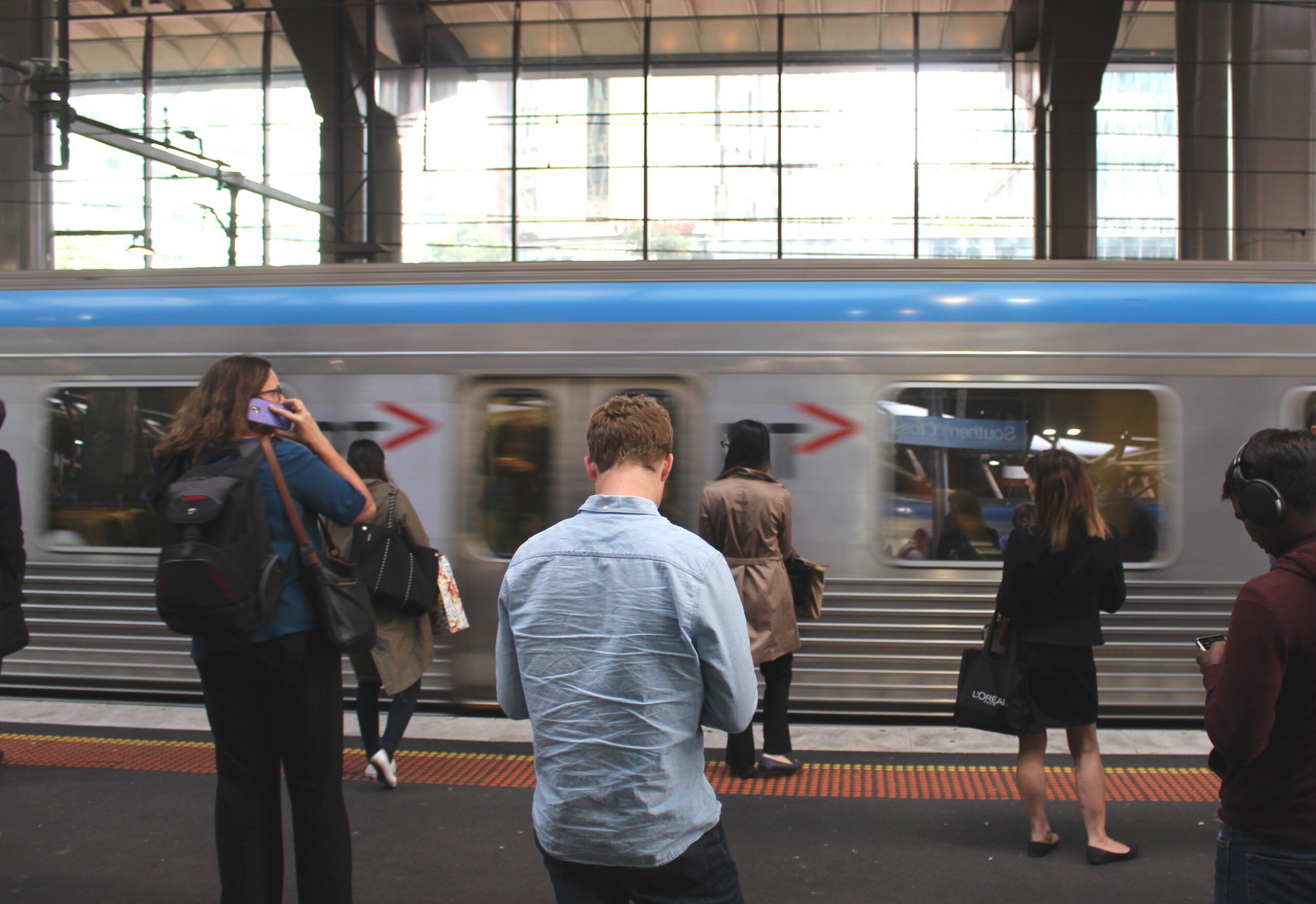The government’s Transport and Liveability Statement, due next week, will be “just another dead duck” unless it includes a plan for structural reform, including an efficient public agency to manage public transport, the Public Transport Users Association said today.
“The government has announced a transport plan every 18 months since 2000,” said PTUA Secretary Tony Morton. “We had Linking Victoria, then Linking The Suburbs, then Melbourne 2030, then Linking Melbourne. Each had a list of promises linked to the budget. Now we’re getting a Transport and Liveability Statement and it’s supposed to be different. If it’s really going to be different, it’ll have to be more than just another list of promises.”
Asked what would distinguish the Statement from earlier plans, Dr Morton said “It’s all about how we manage the system. The question the government must answer is, why are cities like Perth and Vancouver achieving their liveability targets, and not us? We spend more per capita on public transport than they do, we have more train and tram tracks than they do, and we have a higher population density. There’s only one weak link in our system and that’s the way it’s run.”
“Given the government’s track record in this area, it won’t do to just announce another list of projects,” Dr Morton said. “They have to tell us how they’re going to remove the structural barriers that have turned their other public transport projects into either no-shows or expensive failures. If they don’t do this, the statement won’t be worth the paper it’s written on.”
Dr Morton suggested that Melbourne should follow the example of other liveable cities and establish a public agency to take over service planning from the private operators. “A lean, mean agency like the ones in Vancouver, Zurich or Perth would ensure that public transport is run in the public interest and that debacles like tram stop removals and driver shortages don’t occur,” he said. “Virtually every city in the world with well-used public transport has an accountable public body in control. That’s what we’re missing in Melbourne and why we’re slipping backwards on liveability.”
“While the government claims the Department of Infrastructure is responsible for service planning, their main role is monitoring compliance with the convoluted franchise agreements, and adding a new service now and then when the Minister needs something to announce,” said Dr Morton. “Real service planning — which means finding out people’s travel needs, then designing routes, networks and timetables to match those needs — does not occur in Melbourne under our current operating regime. It won’t occur until a single organisation is made expressly responsible for doing so, and given the skills and powers to make it happen.”
“If it’s good enough for roads to have such an organisation in VicRoads, why not public transport?” Dr Morton said.
The government’s transport plans: 4 in 6 years
- Linking Victoria: March 2000
- Linking the Suburbs: May 2002
- Melbourne 2030: October 2002
- Linking Melbourne: November 2004

